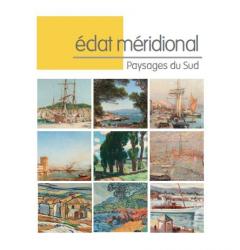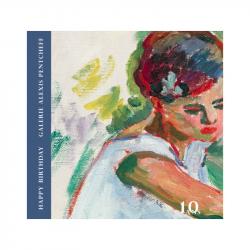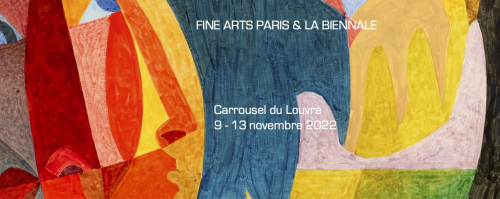"In every painting by Manguin it is midday, the light sings, glides on calm water, on blossoming flesh and open flowers or ripe fruits, it is the exact time of present happiness. " Pierre Cabane
Henri Manguin is one of the first fauvist painters who exhibit at the outrageous Salon d'Automne in 1905. There, he presents five paintings with evocative titles that already uncover the themes around which the painter will develop his work. La Sieste (The Siesta), Sur le balcon (On the balcony), Les chênes lièges (The cork oaks), or Le Pré (The meadow) are as many promises of an omnipresent landscape in a work that does not neglect human representation.
What is immediately striking in Manguin's paintings is his way of painting the outside, in the same way as he would do to depict an interior. More exactly, while the painter successfully transcribes the wild side of a landscape, his characters seem to surprisingly evolve as comfortably as they would in an interior. Therefore, the boundary between in and out simply disappears in Manguin's artistry.
The painter owes this possibility of a door constantly open on the landscape to the clemency of the climate in the South of France, more specifically in Saint-Tropez where, after having stayed for the first time in 1904, he settles with his wife Jeanne and the children from May to October the following year in Villa Demière. His friend Albert Marquet joins him there.
In his painting, Mangui depicts luxuriant, sometimes primitive, landscapes but without ever being fierce. Hence he intends to represent a reassuring evocation of an Eden which, at that time, tapped many painters, like Henri Matisse, Pierre Bonnard, Paul Signac, Edmond Cross among others. One may also read a genuine attachment to his models, which conveys conjugal and family happiness
During his career, all the difficulty was for the master to "harmonise". And to not only harmonize the bodies with nature, but also the rendering of the pictorial expression with the emotions felt. Finally, it was to harmonise colours on the canvas. The painter seeks this equilibrium not with academic precepts but according to personal and innovative theories, which do not exclude a juxtaposition of some stridence. Those will be gradually attenuated by the regular use of flat tint of purple, to which Manguin will assign the role of binder in his compositions.
Just as for his pairs, whose convictions were forged in the studio of Gustave Moreau a few years earlier, the opposition of tones is dominant. Each of them, in different ways, assigns a new role to colour.
In Manguin's work, a true rigour of construction borrowed from Cezanne (whose retrospective in 1895 at Vollard's had considerably marked him) is associated with the use of bold colours and a simplification of shapes, yet never going to deformation. These elements serve compositions that place great emphasis on the sensitivity of the artist's gaze to the world. Manguin's painting is more in the emotional register than in the intellectual construction. Few writings, apart from correspondence with his painter friends, testify to the artist's reflections on his journey, much more instinctive than spiritual. The emotion born of the observation of nature, in which the flesh of the models melts, governs, it seems, what the artist projects on the canvas.
From 1906, Manguin is widely recognised by art dealers and collectors. Ambroise Vollard buys a hundred and forty-two paintings, while Bernheim-Jeune acquires a set of canvases and drawings the following year. Galerie Druet also offers him a solo exhibition.
The artist travels: with Henri Matisse he discovers Collioure, with Albert Marquet, Italy. From the 1910s, he travels regularly to Switzerland, where he builds a steady friendship with a famous collector couple who particularly appreciate his works, the Hahnloser-Bühler.
He spends his family life, between Paris and the South of France, where he feels good and likes to work, in Saint-Tropez as well as in Sanary. After the fauvist outbreak, he detaches himself from the avant-garde and adopts more nuanced aesthetics. He stays away from the emerging artistic movements and continues his research in the margins of Parisian artistic life, in stability that does not exclude an emotion constantly renewed. Despite this relative distance, art dealers and collectors continue to support his work as he remains in contact with his friends, especially Albert Marquet, with whom he develops a sincere attachment and shares artistic values.
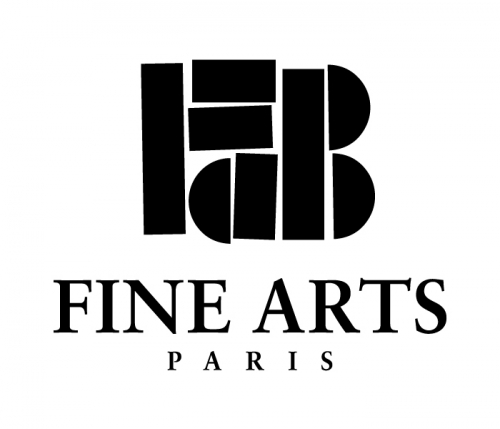
FAB PARIS 2025
20 September 2025 - 24 September 2025
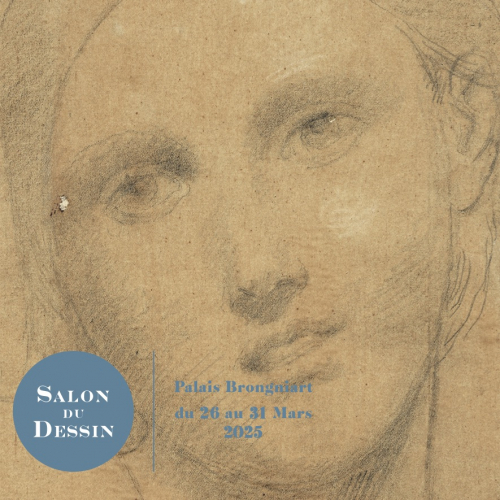
Salon du Dessin
26 March 2025 - 31 March 2025
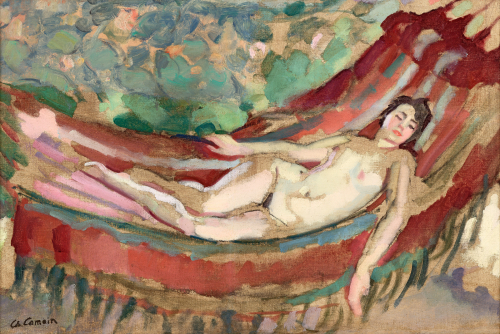
BRAFA 2023
28 January 2023 - 5 February 2023

La Biennale Paris 2021
26 November 2021 - 5 December 2021
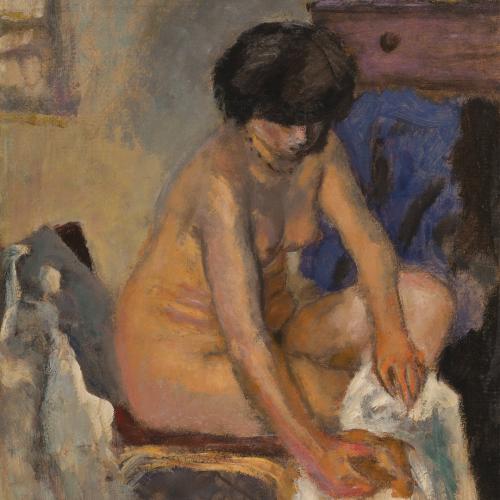
Brafa in the galleries
27 January 2021 - 31 January 2021
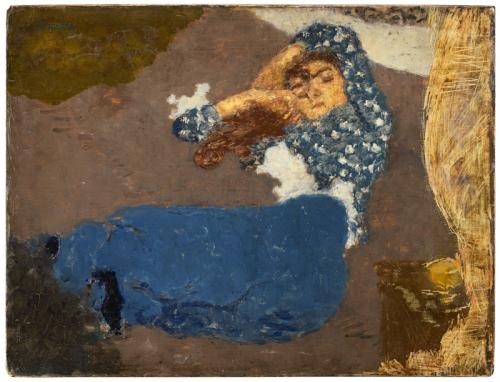
BRAFA 2020
26 January 2020 - 2 February 2020
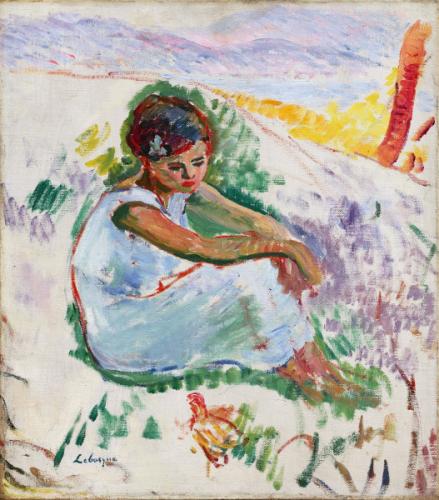
Happy Birthday Galerie Pentcheff
11 January 2019 - 9 March 2019
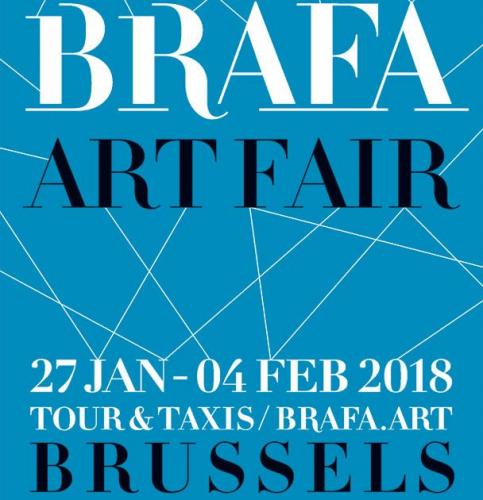
BRAFA 2018
27 January 2018 - 4 February 2018
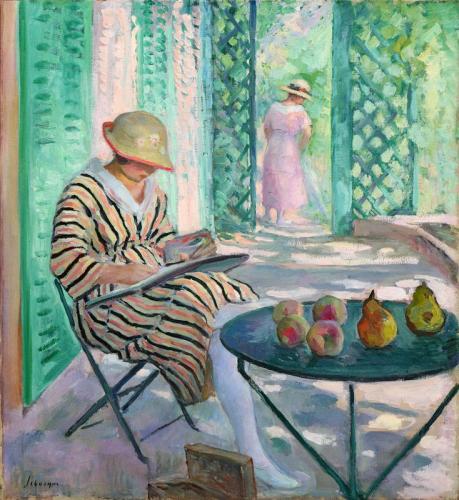
L'Esprit du Midi
24 January 2015 - 1 February 2015
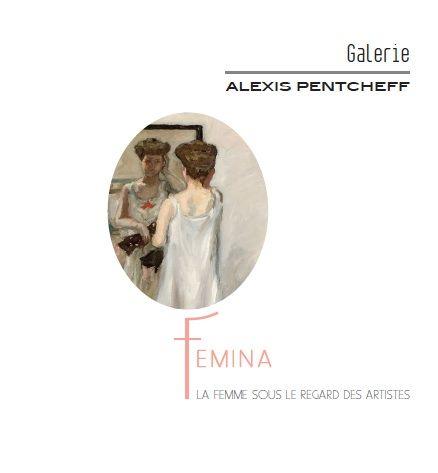
Femina
21 June 2014 - 15 July 2014
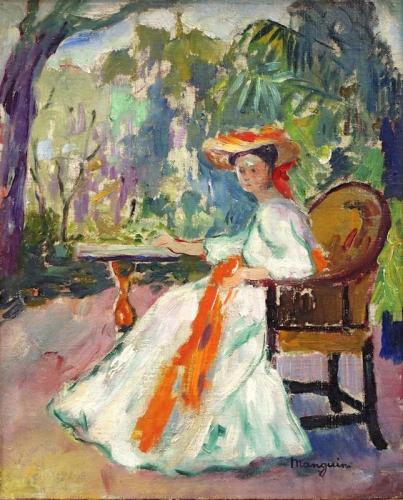
Fauvisme et modernité en Provence
15 February 2014 - 15 March 2014

